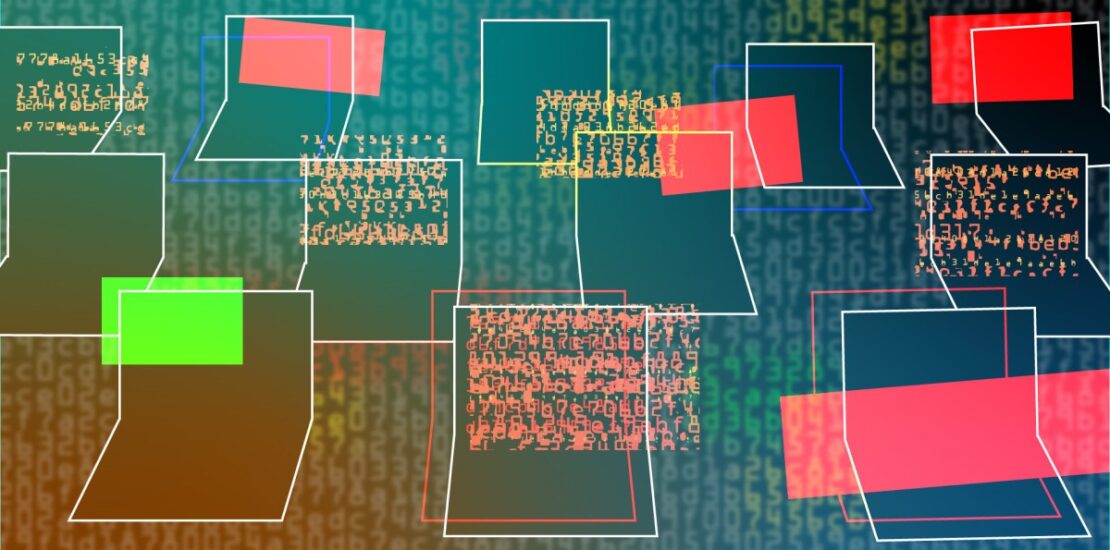The TechCrunch Cyber Glossary | TechCrunch
- November 5, 2024
- Posted by: chuckb
- Category: TC Security

The glossary of cybersecurity terminology is designed to clarify common and complex terms frequently encountered in cybersecurity discussions and literature. This comprehensive resource serves as an essential reference, particularly in the context of evolving cyber threats and defense mechanisms.
An advanced persistent threat (APT) describes a prolonged and targeted cyberattack, typically orchestrated by well-resourced hackers affiliated with nations. APTs aim for sustained unauthorized access to a system, primarily for espionage, data theft, or system sabotage. In recent times, non-nation-state actors have also begun executing similar persistent cyberattacks with financial motives.
Arbitrary code execution, often called remote code execution when executed via the internet, refers to the ability to execute malicious code on a vulnerable system. The exploitation of security vulnerabilities enables attackers to plant backdoors for continuous access or launch further attacks on the network.
Botnets consist of compromised devices, such as webcams and routers, controlled by hackers via a command-and-control server. These networks can be employed for various malicious activities, including distributing malware and launching denial-of-service attacks by overwhelming targeted systems with excess traffic.
The term bug denotes a software glitch often leading to unexpected behavior or crashes. Bugs can sometimes manifest as security vulnerabilities, posing risks to system integrity. This term’s historical origins trace back to a minor incident in 1947 involving a moth disrupting electronic systems.
Command-and-control servers play a crucial role in managing compromised devices, enabling cybercriminals to orchestrate attacks efficiently by delivering malware or launching distributed denial-of-service (DDoS) campaigns.
Cryptojacking involves unauthorized use of a device’s processing power for cryptocurrency mining. This can occur with or without the device owner’s consent, typically through bundled code in software or via malware.
A data breach is characterized by the unauthorized removal or exposure of protected data from its storage location. The term encompasses various scenarios, including targeted attacks by cybercriminals or accidental exposure due to misconfigurations. Related concepts include data exposure, where information lacks proper access controls, and data leaks, which occur due to vulnerabilities or insider threats.
Distributed denial-of-service (DDoS) attacks aim to incapacitate services by overwhelming them with traffic. These attacks leverage botnets of compromised devices, leading to disruptions without directly breaching the targeted systems.
Encryption secures data by transforming it into unreadable formats, accessible only to intended recipients. The strength of encryption algorithms varies, and topics like end-to-end encryption (E2EE) have gained prominence as a robust means of securing communications between users.
The standard procedure in cybersecurity also involves an understanding of escalation of privileges, where users exploit vulnerabilities to gain greater access to systems than authorized, potentially allowing malware to spread more effectively.
Exploit refers to the methods by which an attacker takes advantage of vulnerabilities to infiltrate systems. A situation leading to such a breach may also involve extortion, where attackers demand payment under threats of data destruction or disclosure, commonly seen in ransomware scenarios.
The multifaceted definition of a hacker encompasses both those who maliciously breach systems and security researchers who ethically test systems to fortify defenses. Distinctions are often made based on motivations and contexts.
Lastly, a vulnerability signifies a flaw that compromises system security and can be exploited by attackers. A specific type of vulnerability is a zero-day, which has been made public without a vendor solution, creating significant risks for affected users or organizations.
In summary, an understanding of these terms enables a clearer comprehension of cybersecurity dynamics, presenting a foundation for individuals and organizations to navigate and mitigate the growing risks associated with digital threats. Regular updates to this glossary reflect the continuous evolution of the cybersecurity landscape.
